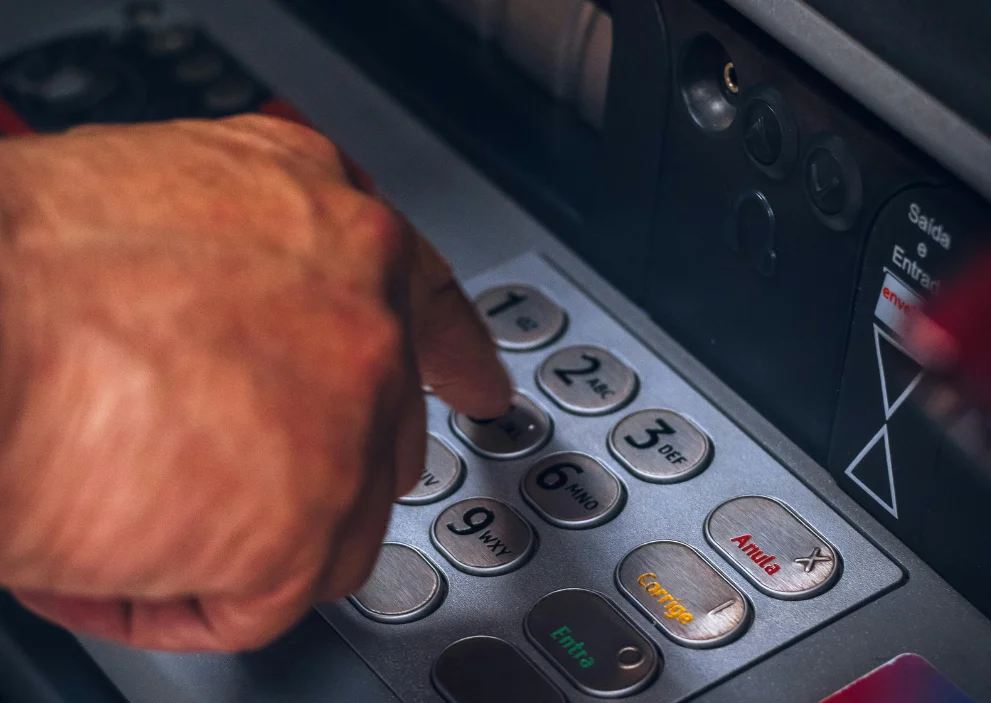ATMs Safety and Security
ATMs Safety and Security
1. Proliferation of ATMs and Security Concerns The increasing number of ATMs has brought convenience but also heightened security risks, particularly related to robberies during transactions. Criminals often target individuals immediately after ATM withdrawals, knowing they will likely have cash. Besides cash, personal items like wallets, credit cards, and jewelry are also at risk during such incidents.
2. ATM Safety and Security Tips: several safety tips are recommended to minimize risks. When approaching an ATM, especially after dark, it’s crucial to be aware of the surroundings, avoid poorly lit areas, and, if possible, bring a companion. During transactions, users should keep their PIN secure, avoid accepting help from strangers, and quickly leave the area after completing their transaction without counting their cash at the ATM.
3. Emerging ATM Security Threats ATM crimes have evolved, with sophisticated methods like skimming, where criminals install devices on ATMs to capture card information. Organized crime groups also use techniques like “hook and chain” to physically remove or destroy ATMs. Financial institutions are implementing layered defenses such as ink-staining technology and improved surveillance to deter such attacks.
4. Common ATM Problems and Solutions ATMs can experience various issues, including hardware malfunctions like card reader errors, software glitches causing transaction errors, and security threats such as skimming and malware attacks. To address these problems, banks are advised to enhance maintenance protocols, upgrade technology, educate customers, and implement robust surveillance systems.
5. Future Trends and Innovations in ATM Security Innovations like biometric authentication, contactless transactions, and AI-powered maintenance predictions are emerging as future solutions to enhance ATM security. These technologies aim to reduce unauthorized access, improve transaction speed, and predict potential ATM failures before they occur, ensuring a smoother banking experience.
6. Recommendations for ATM Users and Operators Both ATM users and financial institutions have a role in maintaining ATM security. Users should be vigilant, protect their PINs, and avoid using suspicious ATMs. Institutions should invest in advanced security measures and keep their systems updated to prevent both physical and cyberattacks on their ATM networks.
7. Conclusion ATMs remain a critical touchpoint in modern banking, but their security must be prioritized to protect both customers and financial institutions from evolving threats. Through a combination of technology upgrades, customer education, and proactive security strategies, the risks associated with ATM usage can be significantly mitigated.

